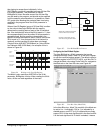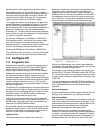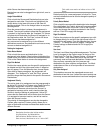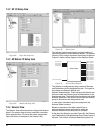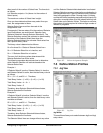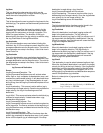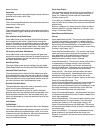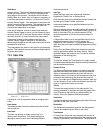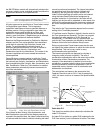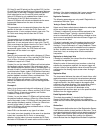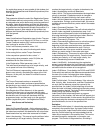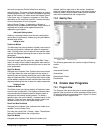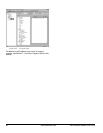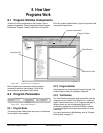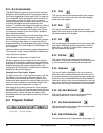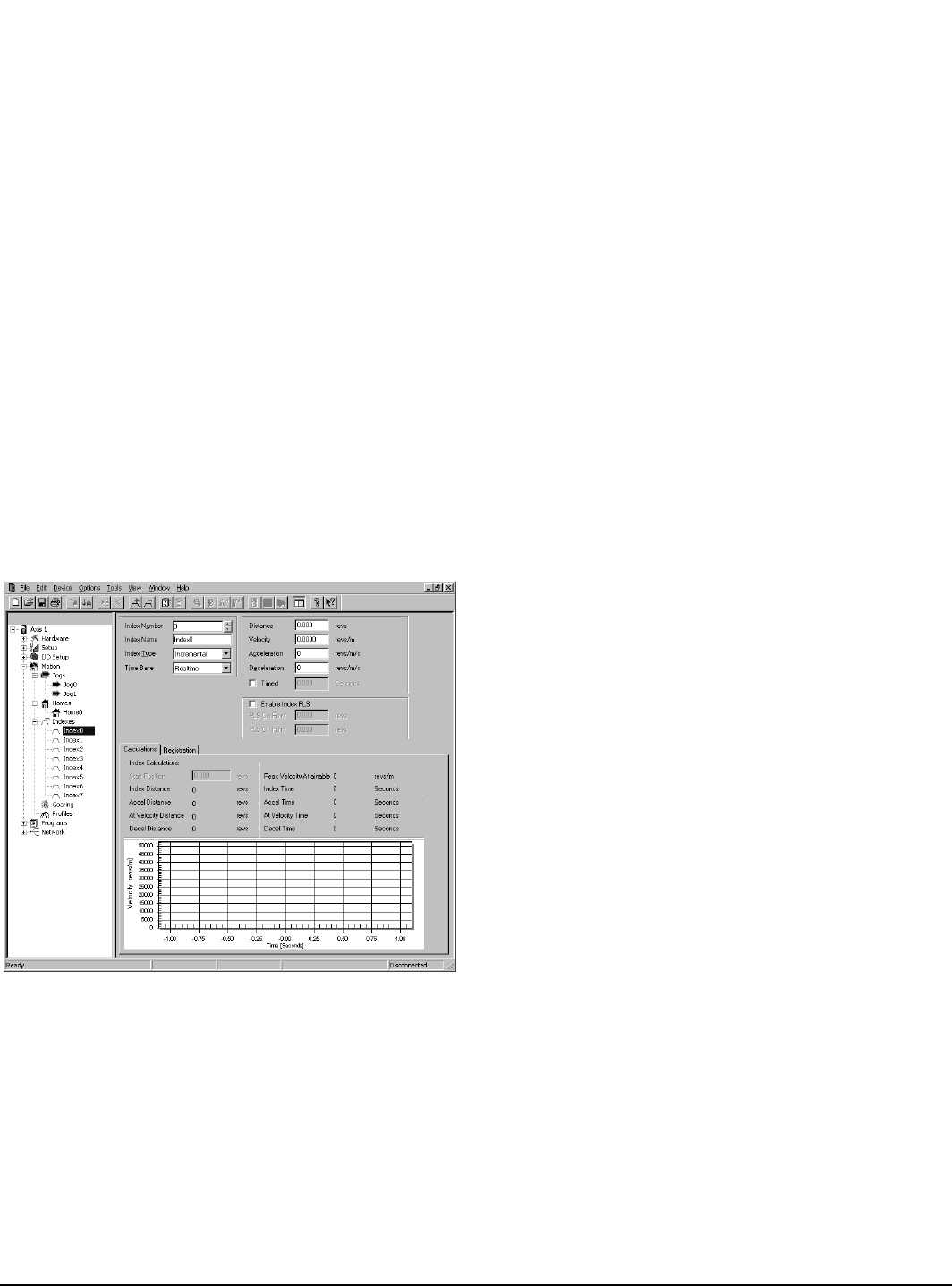
Configuring an Application www.emersonct.com 59
Destinations
Home.#.Initiate - The Home.#.Initiate destination is used to
initiate the home function. The Home is initiated on the
rising edge of this function. The device will not initiate a
Home if there is an Index, Jog, or Program in progress, or
if the Stop destination is active or if a travel limit is active.
Home.#.SensorTrigger - This destination is required to be
used if you are homing to a sensor. This destination is edge
sensitive. The home position is determined when the
Home Sensor destination is activated.
If the device receives a Home.#.Initiate input while the
Home.#.SensorTrigger is active, you can choose to have
the motor "back-off" of the home sensor before it initiates
the home function, or move forward to the next sensor.
If debounce is used on the hardware input that the
Home.#.SensorTrigger is assigned to, the debounce
determines the length of time the input must be active to be
considered a valid input.
The rising edge of the sensor is still used for the reference
position. This maintains accuracy while providing the ability
to ignore false inputs.
7.5.3 Index View
Figure 97: Index View
Following is a list of parameters used to configure each
index.
Index Number
The Index Number parameter selects the index number
with a scroll box.
Index Name
The User can specify an Index name of up to 12
alphanumeric characters. This allows assigning a
descriptive name to each index indicating different
machine operations.
IndexType
Select the index type from Incremental, Absolute,
Registration, Rotary Plus, or Rotary Minus.
Click the down arrow on the parameter list box to select the
desired type of Index Profiles, as follows:
Incremental Indexes run a specified distance from the
current position.
Absolute Indexes move to an exact position with respect to
the home reference point. The absolute index could run in
either a clockwise (CW) or counterclockwise (CCW)
direction dependent on the current position when it is
initiated.
A Registration Index runs at the specified velocity until a
registration sensor is seen or until it reaches the
Registration Limit Distance. If a Registration Sensor is
seen, then the index runs an additional Registration Offset
distance.
Rotary Plus and Rotary Minus type indexes are typically
used in applications which use rotary rollover. These
absolute indexes are forced to run in a specific direction
regardless of the starting point.
TimeBase
This list box selects the Time Base for the index velocity
and acceleration/deceleration. Realtime and Synchronized
are the available selections.
Distance/Position
The Distance/Position parameter is a signed value that
specifies the distance the index will travel (incremental
index) or the absolute position the index will move to
(absolute index). In the case of an incremental index, this
parameter also determines the direction the index will
travel. If an index type of Registration is selected, then this
is a limit distance, or the maximum distance the index will
travel if a registration sensor is not seen.
Velocity
This sets the target velocity for the index profile. The
velocity parameter is unsigned and must be greater than
zero. Direction of the index is not determined by the
velocity, but by the Distance/Position parameter.
Acceleration
Average Acceleration rate used during the index. Units are
specified on the User Units view.
Deceleration
The Deceleration parameter specifies the deceleration
value to be used during the index in user units.
Timed Indexes
A Timed Index allows the user to specify the amount of
time in which to perform an index rather than specifying the
Velocity, Acceleration, and Deceleration. The processor in



